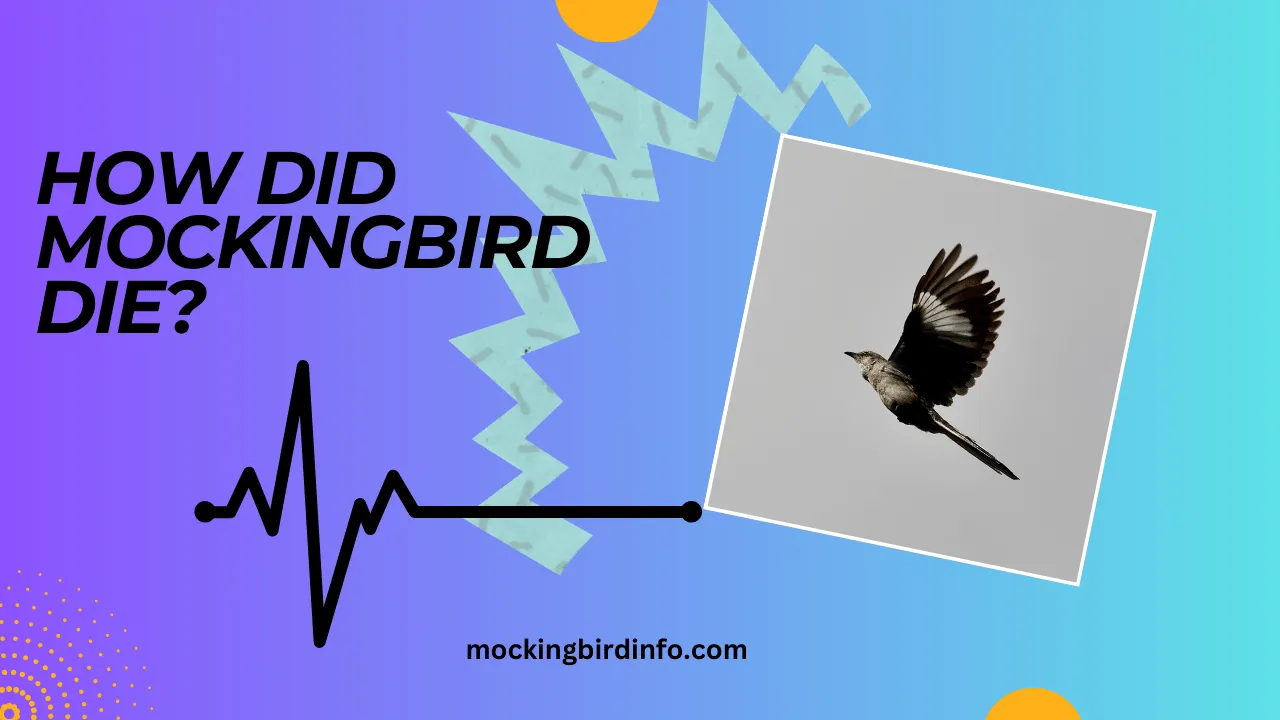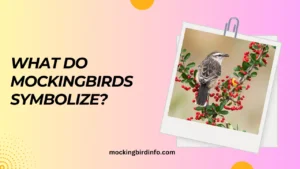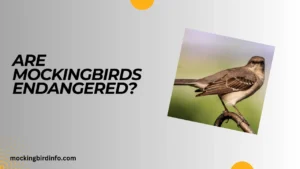The death of a mockingbird, often considered an ordinary occurrence in nature, carries profound implications for both wildlife enthusiasts and environmentalists alike. While these birds are known for their vocal talents and territorial behavior, their sudden death can be a stark reminder of the environmental challenges they face.
Mockingbirds, which play an essential role in ecosystems by controlling insect populations and dispersing seeds, serve as indicators of the health of the environment. Understanding why a mockingbird might die is crucial for protecting these fascinating creatures and preserving the ecosystems they support.
In this article, we will explore the multiple causes of mockingbird mortality, ranging from natural predators to human-induced threats, and discuss the conservation efforts aimed at safeguarding them.
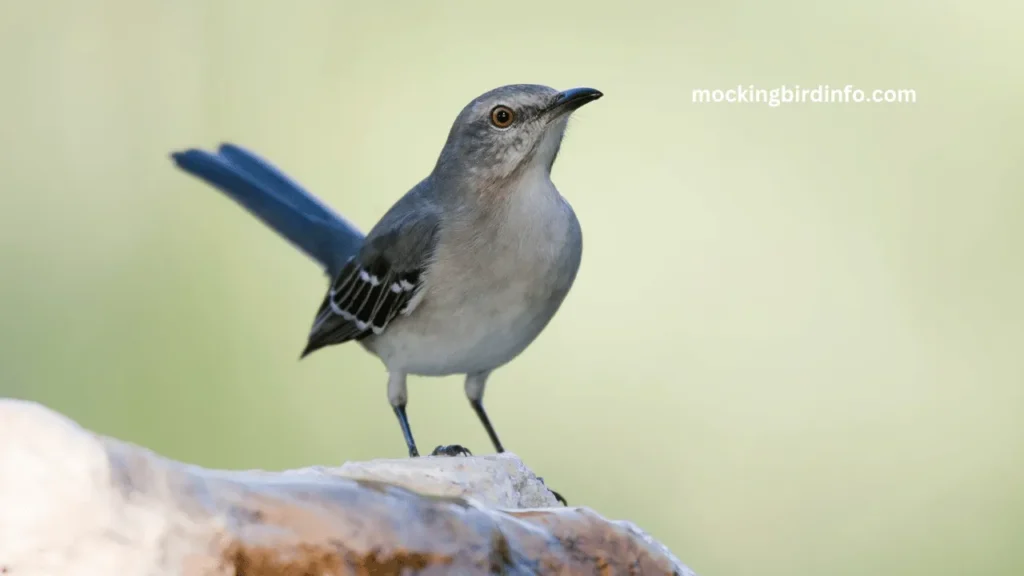
Contents
1. Natural Causes of Mortality
Mockingbirds, like all wildlife, face a range of natural causes that can contribute to their death. While they are adaptable and resilient creatures, they are not immune to the risks that come with living in the wild.
- Predators: One of the most significant natural threats to mockingbirds comes from predators. Domestic cats, both pets and feral, are notorious for hunting and killing birds, including mockingbirds.
Additionally, hawks and snakes pose a danger to young or adult mockingbirds, especially when they are nesting. These predators can catch mockingbirds off guard, especially when they are distracted by feeding or caring for their young. - Diseases: Mockingbirds, like many birds, can fall victim to avian diseases, which can spread quickly through populations. West Nile virus, transmitted by mosquitoes, and avian malaria are among the most notable diseases affecting mockingbirds.
These diseases can cause symptoms such as disorientation, weakness, and eventually death if not treated. Trichomoniasis, a disease caused by a protozoan parasite, is another health risk, especially in urban areas where birds are in closer proximity to each other. - Starvation and Exposure to Harsh Weather: Extreme weather conditions, such as freezing temperatures during winter or extreme heat in summer, can deplete food sources for mockingbirds.
When food becomes scarce, mockingbirds are forced to expend more energy searching for food, leading to starvation or exhaustion. Additionally, young birds that are not yet accustomed to harsh conditions may succumb to hypothermia or dehydration.
2. Human-Induced Mortality
Beyond natural causes, mockingbirds face significant mortality risks due to human activities. These factors not only impact their survival but also have long-term consequences on their populations.
- Habitat Loss: One of the most pressing threats to mockingbirds is habitat destruction. As human development expands, natural habitats such as forests, wetlands, and grasslands are being cleared for urbanization and agriculture.
This destruction leads to a loss of both shelter and food sources, leaving mockingbirds with fewer places to nest and feed. The loss of habitat also exposes birds to greater risks from predators and traffic. - Pesticide Use: The widespread use of pesticides in agriculture and urban areas poses a serious threat to mockingbirds. These chemicals can accumulate in the food chain, poisoning the insects that mockingbirds feed on.
As these birds ingest contaminated prey, they suffer from toxic reactions that can lead to death. Neonicotinoids, a common class of pesticides, have been shown to affect bird nervous systems, disrupting their ability to forage or evade predators effectively. - Human-Wildlife Conflict: In urban and suburban areas, mockingbirds may come into conflict with humans, especially when they cause damage to gardens, crops, or property.
In some instances, people may harm or remove mockingbirds to protect their property. This conflict can lead to direct harm to the birds or force them into areas with insufficient resources for survival. Additionally, window collisions are another fatal risk, as birds often fly into glass windows, mistaking reflections for open spaces.
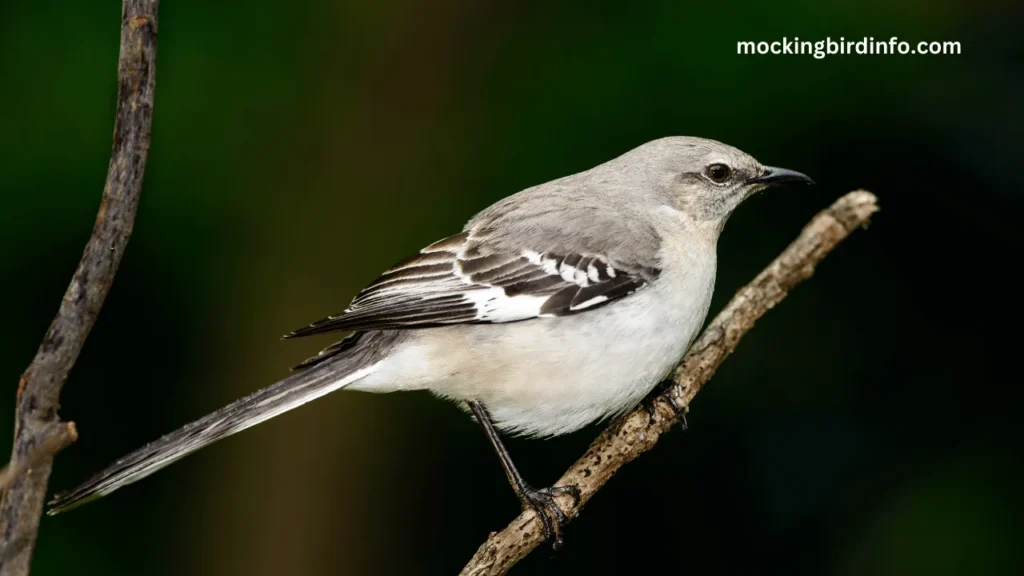
3. Climate Change and Environmental Stressors
Climate change has emerged as a significant force impacting mockingbird populations. Shifts in weather patterns and changing environmental conditions are increasingly linked to bird mortality and disrupted ecosystems.
- Altered Migration Patterns: Climate change affects the timing and availability of food for migrating birds. For mockingbirds, shifts in migration patterns due to rising temperatures or changing seasonal weather can throw off the timing of migration and breeding.
As a result, young birds may hatch when food sources are limited, leading to malnutrition and reduced survival rates. - Habitat Shifts and Fragmentation: As temperatures rise, some ecosystems may become inhospitable to mockingbirds. Habitat shifts due to climate change can force birds into new areas where they may face increased competition for resources or encounter new predators.
Additionally, habitat fragmentation exacerbated by climate change further isolates bird populations, reducing their ability to interact with other groups and increasing their vulnerability. - Increased Storm Intensity: Rising global temperatures have been linked to more severe storms, including hurricanes and torrential rains, which can destroy nests and flood habitats. Mockingbirds, particularly during nesting season, are at risk of losing their homes to these extreme weather events, leading to the deaths of both adults and young.
4. Conservation Efforts to Protect Mockingbirds
As mockingbird populations continue to face increasing pressures, various conservation efforts have been implemented to protect and sustain these birds in the wild. These efforts aim to address both natural and human-induced threats, ensuring that mockingbirds have the resources they need to thrive.
- Habitat Protection and Restoration: Conservationists work to protect and restore the natural habitats that mockingbirds rely on. This includes initiatives such as reforesting damaged areas, creating wildlife corridors, and protecting wetlands.
Efforts to restore damaged ecosystems help create safe spaces for mockingbirds to breed, feed, and find shelter. - Promoting Sustainable Agricultural Practices: Reducing the use of harmful pesticides is a key focus of conservation efforts. Advocates encourage organic farming, pesticide alternatives, and integrated pest management techniques to reduce the environmental impact on bird populations.
By adopting these practices, farmers can help ensure a healthier environment for both birds and humans. - Citizen Science and Public Awareness: Engaging the public in conservation efforts is essential for the long-term success of mockingbird protection. Programs like citizen science allow everyday people to contribute data on bird sightings, health, and behavior, which helps scientists track population trends and make informed decisions about conservation policies.
Educating the public about the importance of mockingbirds and the threats they face is also critical in fostering a protective culture.
5. The Role of Mockingbirds in Ecosystems
Understanding the role of mockingbirds in ecosystems underscores the importance of preserving their populations. These birds contribute to the health of their environment in several key ways.
- Pest Control: Mockingbirds are natural predators of many insects, including caterpillars, grasshoppers, and beetles, which helps control pest populations in gardens and agricultural areas. By eating these insects, mockingbirds reduce the need for harmful pesticides, benefiting both crops and the broader ecosystem.
- Seed Dispersal: Mockingbirds also play an important role in seed dispersal, helping to spread plant seeds over wide areas. This assists in the growth of native plants and contributes to the overall health of plant communities, which in turn supports a diverse range of wildlife.
- Biodiversity Indicators: Mockingbirds are often seen as indicators of the health of their environment. When mockingbird populations decline, it can signal problems such as pollution, habitat degradation, or the impact of climate change. Protecting mockingbirds can therefore help protect other species that share their habitats.
Conclusion
The death of a mockingbird can seem like a small tragedy, but it is a reflection of the larger environmental challenges that threaten bird populations worldwide. From natural predators to human-induced threats like habitat loss and pesticide poisoning, mockingbirds face numerous dangers in their everyday lives.
However, through conservation efforts such as habitat restoration, reducing pesticide use, and fostering public awareness, we can help protect these remarkable birds and the ecosystems they support. It is essential that we continue to address these challenges and ensure the survival of mockingbirds for future generations, allowing their songs to echo through our landscapes for years to come.
Frequently Asked Questions (FAQs)
1. What causes the death of a mockingbird?
Mockingbirds can die from natural causes like predation, disease, and harsh weather, as well as human-induced threats such as habitat loss, pesticide poisoning, and human-wildlife conflict.
2. Do cats pose a significant threat to mockingbirds?
Yes, cats—both domestic and feral—are one of the most significant threats to mockingbirds, especially during nesting season when birds are more vulnerable.
3. Can mockingbirds get diseases?
Yes, mockingbirds are susceptible to various avian diseases like West Nile virus, avian malaria, and trichomoniasis, which can be fatal if left untreated.
4. How does climate change affect mockingbirds?
Climate change disrupts migration patterns, reduces available food sources, and increases the frequency of extreme weather events, all of which contribute to the mortality of mockingbirds.
5. What is the biggest threat to mockingbird populations?
The loss of habitat due to urbanization, deforestation, and agriculture is the largest threat to mockingbird populations, followed by pesticide poisoning and climate change.
6. How can I help protect mockingbirds?
You can help by supporting habitat restoration, reducing pesticide use, and participating in citizen science programs that track bird populations and behavior.

